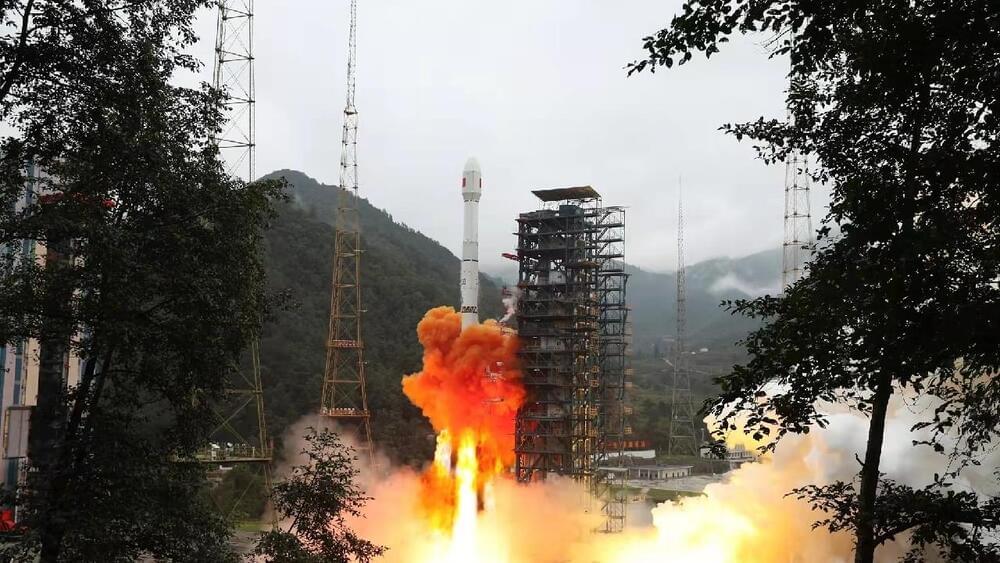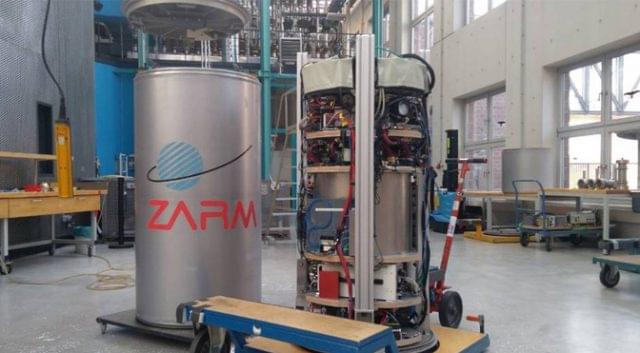
Get the latest international news and world events from around the world.







Agrotopia is a giant rooftop greenhouse built atop an existing building
Meta Architectuurbureau and Van Bergen Kolpa Architecten have designed Agrotopia, a greenhouse in Belgium that was added to the roof of an agricultural market to create an urban food production centre.
Located in the city of Roeselare, Agrotopia is Europe’s largest public building for urban food production and will be used to both farm food and educate the public about agriculture.
The 9,500-square-metre greenhouse was built on top of the REO Veiling agricultural auction market. It was commissioned by REO Veiling together with Flemish farming and horticulture research institute Inagro.

Canada will get its first universal quantum computer from IBM
Quantum computing is still rare enough that merely installing a system in a country is a breakthrough, and IBM is taking advantage of that novelty. The company has forged a partnership with the Canadian province of Quebec to install what it says is Canada’s first universal quantum computer. The five-year deal will see IBM install a Quantum System One as part of a Quebec-IBM Discovery Accelerator project tackling scientific and commercial challenges.
The team-up will see IBM and the Quebec government foster microelectronics work, including progress in chip packaging thanks to an existing IBM facility in the province. The two also plan to show how quantum and classical computers can work together to address scientific challenges, and expect quantum-powered AI to help discover new medicines and materials.
IBM didn’t say exactly when it would install the quantum computer. However, it will be just the fifth Quantum One installation planned by 2023 following similar partnerships in Germany, Japan, South Korea and the US. Canada is joining a relatively exclusive club, then.

Scientists Create ‘Coldest Temperature Ever’
As far as we can tell from modern science, there’s no upper limit to temperature. There sure is a lower limit, though. We call that absolute zero, measured as −273.15 °C (−459.67 °F). Scientists have yet to reach that limit in any experiment, but they’re getting close. A team of physicists in Germany has gotten closer than ever before, reaching a temperature of 38 trillionths of a degree from absolute zero, according to New Atlas.
This news might sound familiar because it is — scientists have inched closer to absolute zero on numerous occasions. A few years ago, MIT created what was at the time the coldest spot in the universe with sodium and potassium atoms. The International Space Station has also conducted experiments within a fraction of a degree of absolute zero. The problem is that no matter how well insulated your testing setup is, a tiny amount of energy always sneaks in from the environment. When that happens, you can’t reach absolute zero and halt all atomic motion.
The team from the University of Bremen broke the record once again by dropping the experiment (above) from the top of a very tall tower. Yes, really. They started with a cloud of 100,000 rubidium atoms, which were confined inside a magnetic field. When cooled, the atoms clump together and form a mysterious state of matter known as a Bose-Einstein condensate. In this state, the atoms act like one giant atom, making quantum effects visible at the macroscopic scale.

Zuckerberg loses $29 billion in net worth, Bezos gains $20 billion
When your net worth depends on the stock value of a company.
Feb 3 (Reuters) — Mark Zuckerberg lost $29 billion in net worth on Thursday as Meta Platforms Inc’s (FB.O) stock marked a record one-day plunge, while fellow billionaire Jeff Bezos was set to add $20 billion to his personal valuation after Amazon’s blockbuster earnings.
Meta’s stock fell 26%, erasing more than $200 billion in the biggest ever single-day market value wipeout for a U.S. company. That pulled down founder and Chief Executive Officer Zuckerberg’s net worth to $85 billion, according to Forbes.
Zuckerberg owns about 12.8% of the tech behemoth formerly known as Facebook.